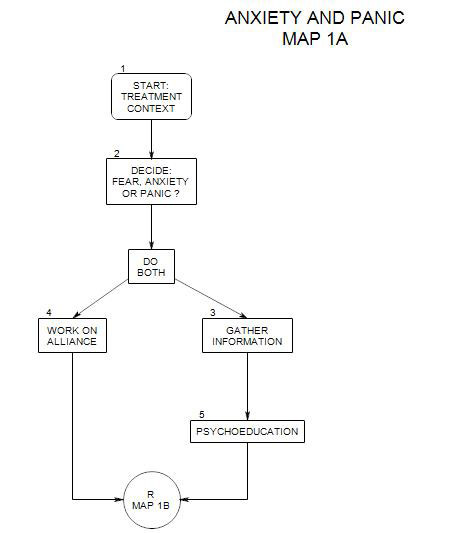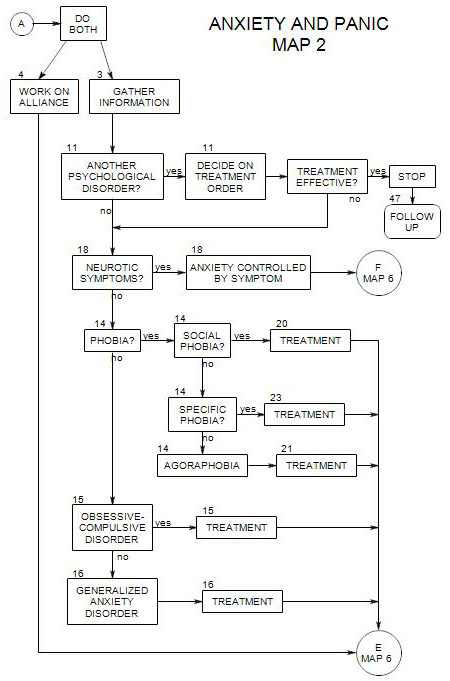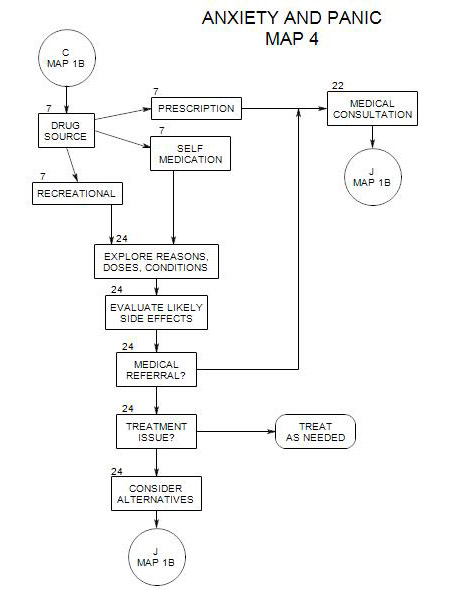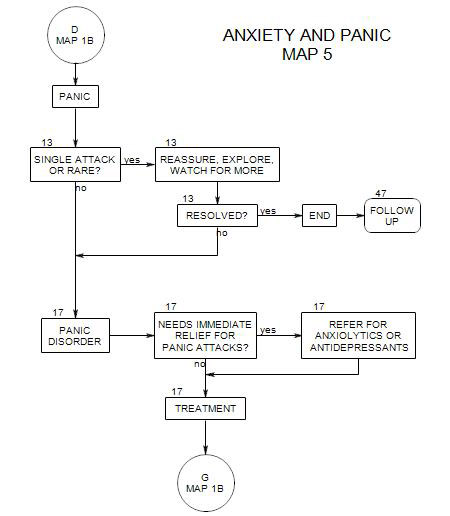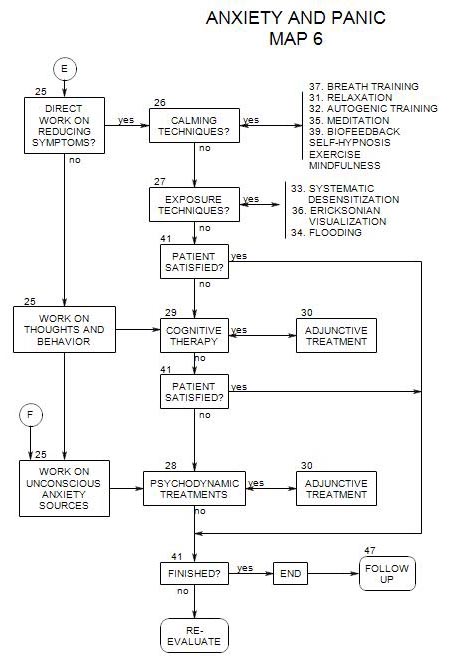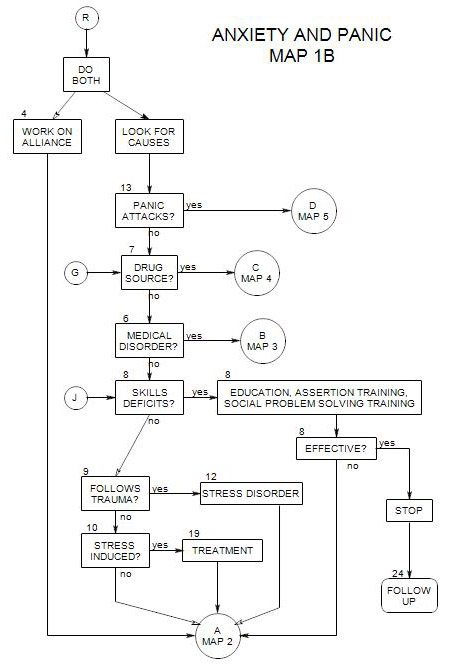
SECTIONS: 4 | 6 | 7 | 8 | 9 | 10 | 12 | 13 | 19 | 24
This follows Section 26, “Calming Techniques”, on Map 6.
To a great extent, anxious people are out of control of their own physical and psychological reactions. Biofeedback uses feedback from technological devices to provide information about physiological activity. Armed with that information, the person has an opportunity to focus on the process and learn to manage it.
Steps involve-
- Identify a physiological process that reflects levels of anxiety, can be displayed electronically, and is capable of being altered through concentration. Many processes fit these criteria, including respiration rate, galvanic skin response, brain waves, heart rate, etc.
- Find a way to measure that activity and display it for the person to monitor. A large meter is ideal, where the patient can watch the reading on the meter. Alternatively, a beeper may go off or a light may flash, and the patient may attempt to modify the rate of the signal light or sound.
- Ask patient to alter the displayed activity level using any possible thought or emotion.
At least two things are happening here.
- To the extent that the process being monitored reflects anxiety, any increased control over that process has the potential for interrupting the anxiety response. Ideally, after a number of sessions, the person also learns to identify the physiological states that go along with a high meter reading and the way to lower that reading after the meter is discontinued.
- To the extent that the task is engaging and the patient is able to focus, he/she is learning about focus of attention. This in itself interferes with the patient’s ongoing anxious mood. Here also, learning to focus attention can have long-lasting benefits.
Biofeedback work requires special training and equipment. Typically a therapist refers out to a specialist for this phase of treatment, after gathering preliminary information about the patient’s sources of anxiety.
39a. Tools
A number of different instruments are possible sources of information for biofeedback training, including-
- thermistor – registers skin temperature
- electromyograph – registers muscle tension from skin readings
- electrodermograph – electric conductance/ resistance of skin
- electroencephalograph [EEG] registers brain waves based on skin activity
- electrocardiograph – electrical activity of the heart
- pneumograph – depth and rate of breathing
More on these can be found in the Wikipedia article on biofeedback.
39b. Treatment
A therapist attaches and adjusts the equipment and helps the patient learn to control the signal. This begins the process of self-management of the physiological process that the equipent monitors
39c. Rationale
Many physiological reactions to stress prepare the body to react to physical dangers. When the danger passes, the reaction diminishes. However, in modern life, the danger [financial worries, chronic illness in a close relative, work stress] may be chronic not relieved by physical action. After a time, the stress reaction is itself chronic, leaving the person with an ongoing sense of preparation for unspoken and unrelieveable danger. The body needs to be de-programmed from its ongoing preparation for attack, and biofeedback may be helpful in doing so.
